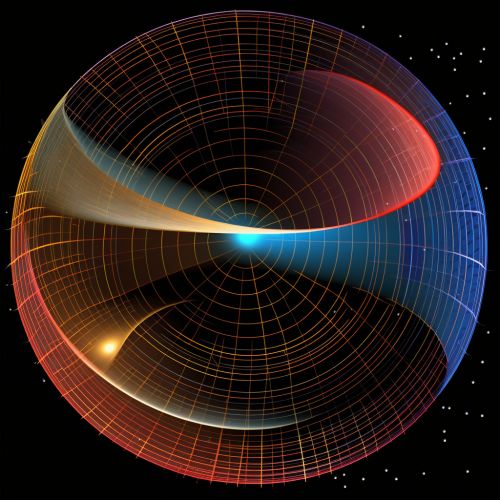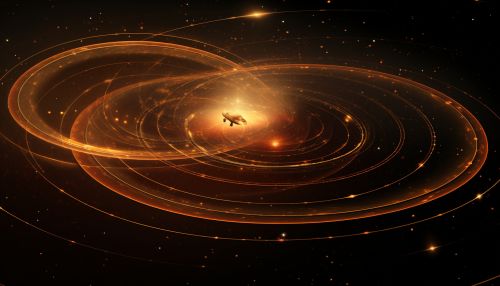Lorentz transformation
Introduction
The Lorentz transformation is a set of mathematical equations in special relativity that describes how the measurements of space and time by two observers are related. It was first published by Dutch physicist Hendrik Antoon Lorentz in 1895, and forms the backbone of Einstein's theory of special relativity.


Derivation
The Lorentz transformation can be derived from the two basic postulates of special relativity, which are the principle of relativity and the constancy of the speed of light. The principle of relativity states that the laws of physics are the same in all inertial frames of reference, while the constancy of the speed of light postulate states that the speed of light in a vacuum is the same for all observers, regardless of their state of motion or the state of motion of the source of light.
Mathematical Form
The Lorentz transformation is usually expressed in terms of space and time coordinates. If an event is described by the coordinates (x, y, z, t) in one inertial frame of reference (the "primed" frame), and by the coordinates (x', y', z', t') in another inertial frame of reference (the "unprimed" frame), then the Lorentz transformation gives the following relations between these coordinates:
x' = γ(x - vt) y' = y z' = z t' = γ(t - vx/c²)
where v is the relative velocity of the two frames, c is the speed of light, and γ is the Lorentz factor, given by:
γ = 1/√(1 - v²/c²)
Physical Interpretation
The Lorentz transformation has profound implications for our understanding of space and time. It implies that space and time are not absolute, but are relative to the observer. This leads to the phenomena of length contraction and time dilation, which are counterintuitive but have been confirmed by numerous experiments.
Length contraction is the phenomenon where an object moving relative to an observer appears shorter in the direction of motion than it does to an observer at rest with respect to the object. Time dilation is the phenomenon where a moving clock appears to run slower than a stationary clock.
Applications
The Lorentz transformation is used in many areas of physics, including electrodynamics, particle physics, and cosmology. In electrodynamics, it is used to transform Maxwell's equations between different inertial frames. In particle physics, it is used to analyze the behavior of particles moving at speeds close to the speed of light. In cosmology, it is used to understand the expansion of the universe.
